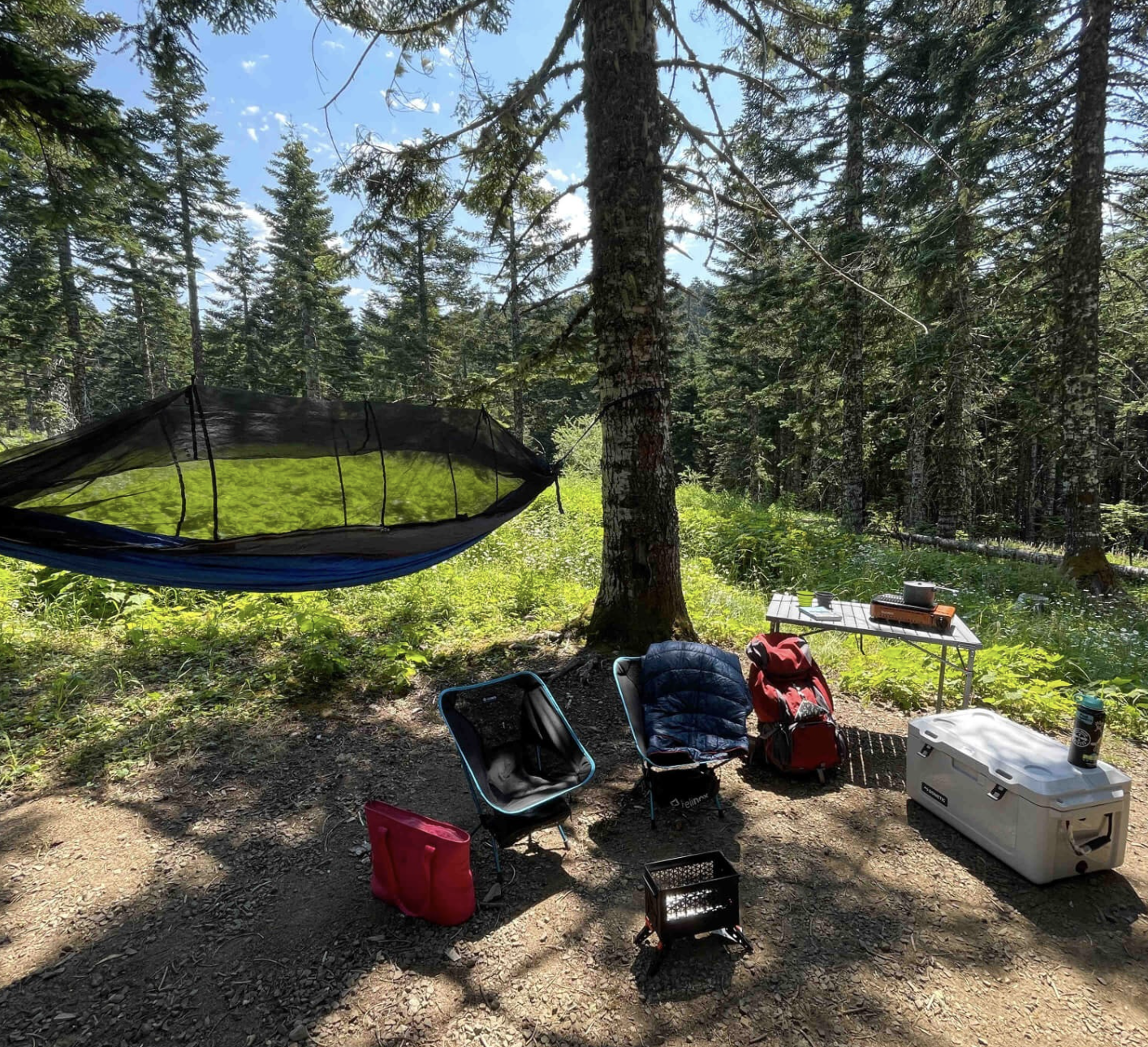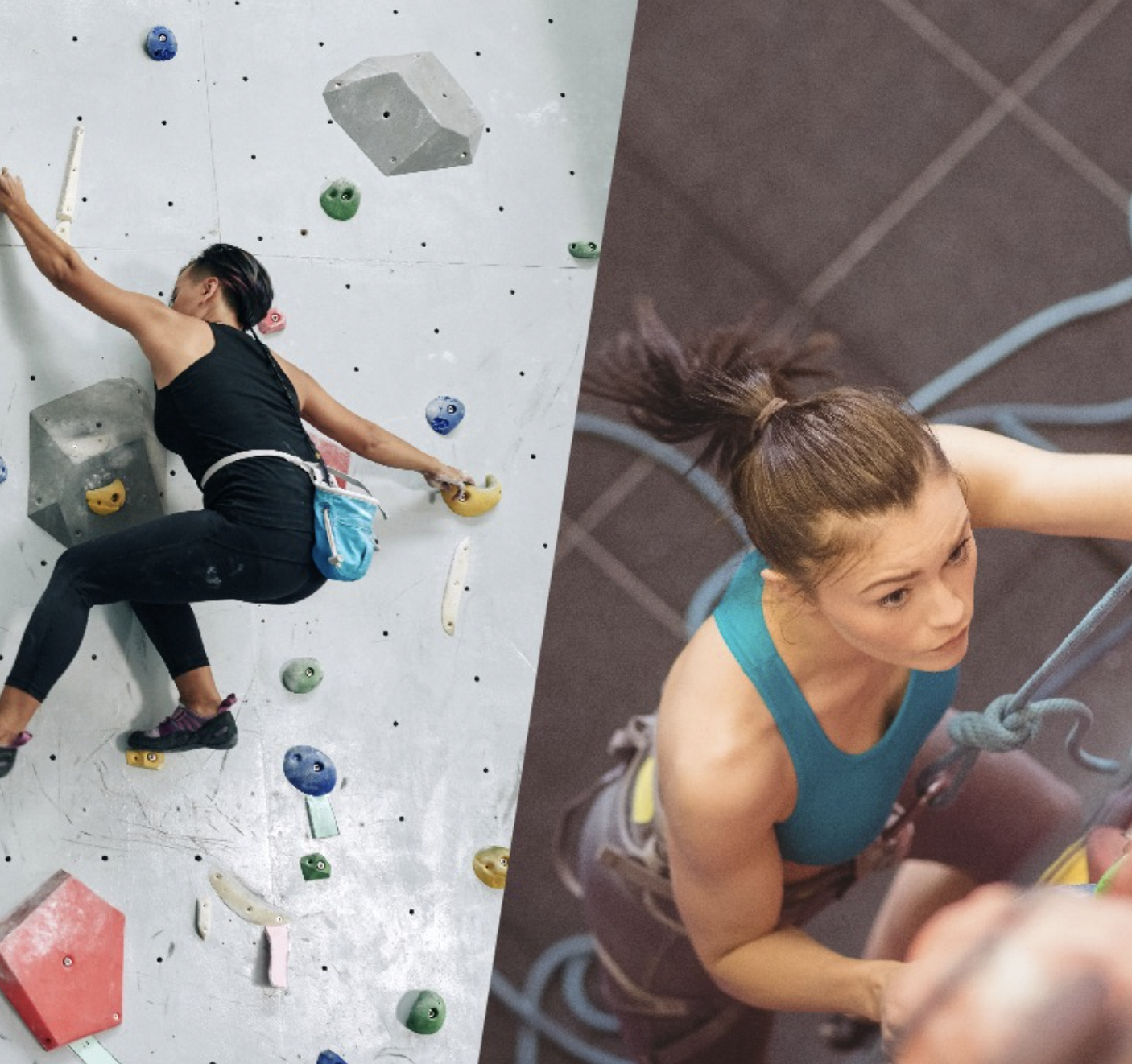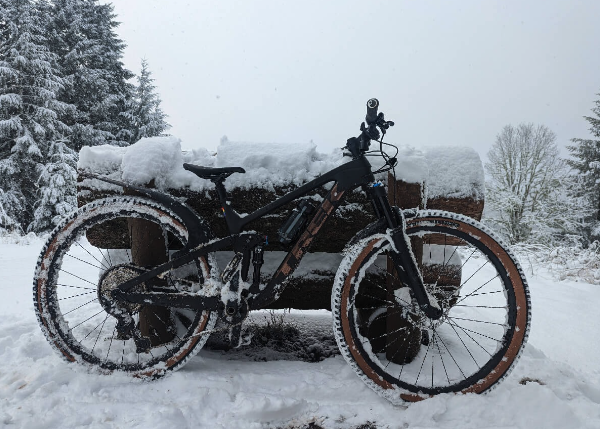Blogs
Cross-country Skiing: Gear Up & Go!
Cross-country skiing (also referred to as XC or Nordic skiing) is a fantastic way to combine scenic, wintry vistas with a heart-pounding workout. Or, if you’re after something more casual, it’s also a great way to venture into un-groomed powder for a day of outdoor exploration. And because it doesn’t rely on expensive lift passes, it can be a great way to extend your outdoor adventure time during the winter without depleting your wallet. In this guide, we’ll take a look at basic gear requirements to get you started cross-country skiing as well as some nearby destinations to explore on your first few outings.
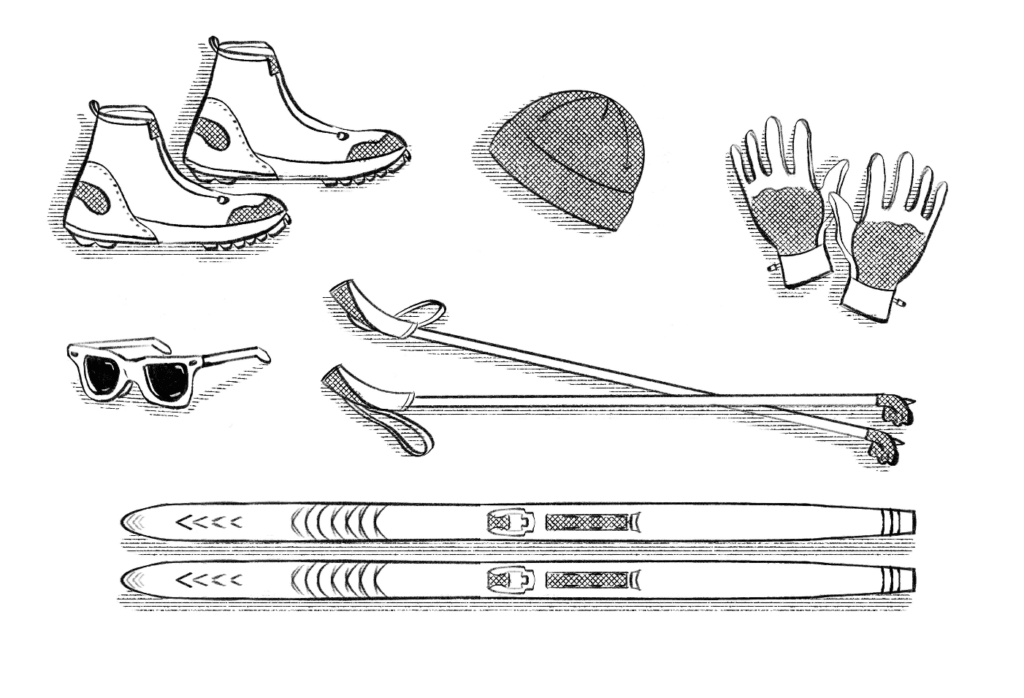
Gear Up for XC: Skis
Cross-country skis come in a handful of different styles, but for this guide, we’ll focus on classic cross-country skiing. In classic XC skiing, you’ll propel yourself with a kick-and-glide motion. Unlike skate skiing where you propel yourself by turning your skis outward, your skis stay parallel in classic cross-country skiing, making this option less technical and more beginner-friendly. When most folks talk about going cross-country skiing, this is the style they’re referring to.
Unlike downhill or backcountry skis that are selected based on the user’s height, cross-country skis are selected based on the user’s weight. Because classic cross-country skis are cambered (arched) to allow for gliding and pushing, you’ll need skis that are long and sturdy enough to flex only when you need them to. Simply put, the heavier the skier, the longer the cross-country ski needed. Fortunately, cross-country ski manufacturers offer size guides for reference.
Gear Up for XC: Boots & Bindings
Unlike downhill ski boots that are snug, heavy, and rigid, cross-country ski boots are comfortable, lightweight, and flexible. Designed to allow your foot to bend and flex throughout your stride, cross-country boots should feel secure on your foot while still leaving your toes some wiggle room. Look for a pair of boots that feel comfortable and feature enough insulation to keep your feet warm. Additional features like zip-up lace covers can help keep your feet dry, while a variety of quick-lace systems make it easy to secure the boot snugly to your foot.
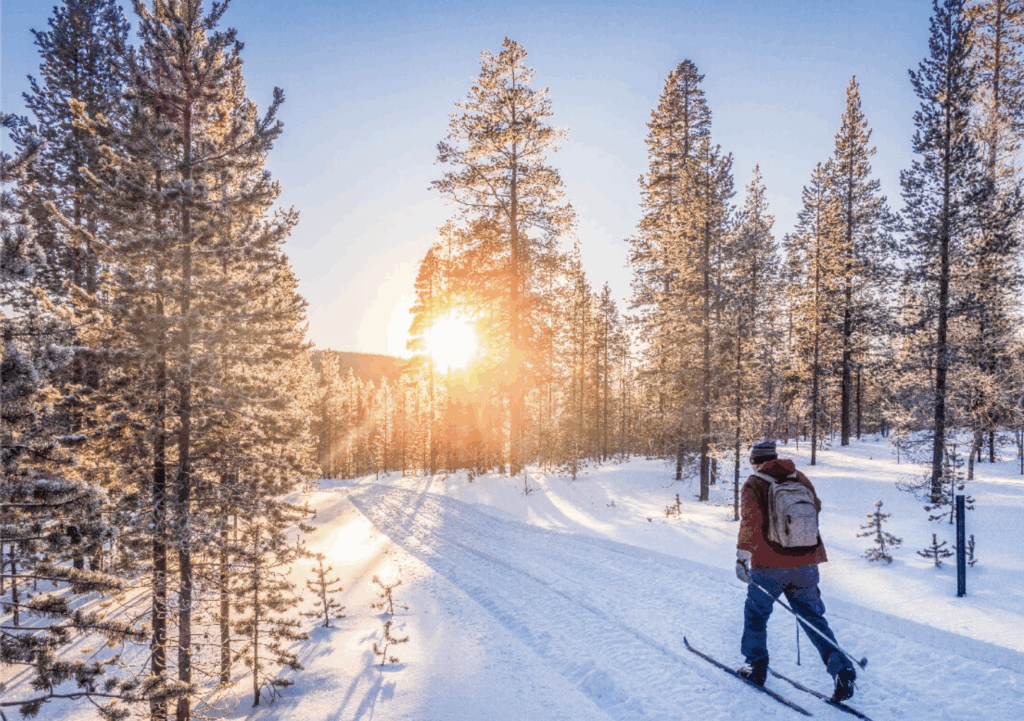
One important consideration for your skis and boots is their binding system. Though there are only a few options, it’s important to ensure your boots will mate properly to your bindings. Common binding systems are NNN, SNS, and Turnamic. If you think you might want to venture into the backcountry for some cross-country exploration, consider NNN-BC bindings, which are a sturdier option built to handle deeper snow. Do note, however, that NNN-BC boots & bindings are not interchangeable with NNN, so be sure to do some research before you select a system.
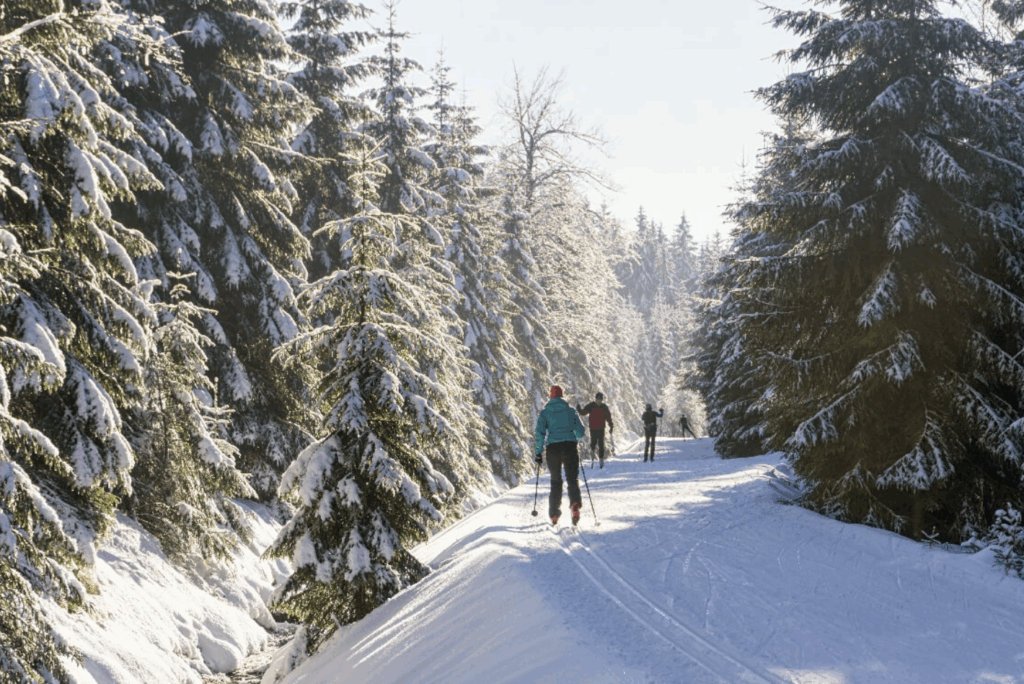
Gear Up for XC: Poles & Extras
Poles are the last piece of specialty gear needed for cross-country skiing. Most entry-level pairs are made of lightweight and sturdy aluminum. For an even lighter–but more expensive–pair, consider carbon fiber poles instead. Cross-country ski poles feature snow baskets on the end to prevent the pole from piercing the snow too deeply and wriststraps to keep them in place without exhausting your grip. Poles will offer you assistance with balance as well as propulsion, so they’ll typically be longer than your average hiking pole. Similar to skis, manufacturers will offer size guides to help you land on the correct length.
To round out your cross-country skiing gear checklist, you’ll want non-cotton clothes you can layer easily to help you regulate body temperature, sunglasses, and a lightweight daypack or hip pack you can load up with water and snacks to fuel your excursion. Ensure you’re also bringing adequate tools for navigation as well as basic safety gear like a small first-aid kit.
Nearby Cross-Country Destinations
For first-timers, it’s a good idea to seek out groomed cross-country trails at nearby resorts like Hoodoo and Willamette Pass. With miles and miles of trails machine groomed to offer level, confidence-inspiring terrain, you can work on honing your technique without worrying about running into deeper snow.
If you’re feeling slightly more adventurous, nearby Sno-Parks like Lava Lake, Ray Benson, and Potato Hill make excellent destinations that, while not groomed, feature existing trail networks. Established trails make it easy to plan routes that are a manageable distance and simple to navigate. Additionally, they offer the benefit of easy-to-access trail conditions via websites like alltrails.com, so you can ensure there is ample snow and clear routes free of debris and other obstacles.

If you’re planning on venturing to a resort, plan on buying a relatively inexpensive ticket to access cross-country trails. For Sno-Park visitors, be sure to purchase a Sno-Park pass, available conveniently at the Peak Sports Outdoor store.
Need More Info?
If you’d like to learn more, stop by the Peak Sports Outdoor Store and chat with one of our friendly sales guides for additional advice on gear, destinations, and more. We’ll ensure you’re set up with exactly what you need to start your cross-country skiing journey with confidence. With plenty of mountain snow still available to explore, the Cross Country season should extend well into the year, and we’d love to help kickstart your first cross-country skiing adventure!




